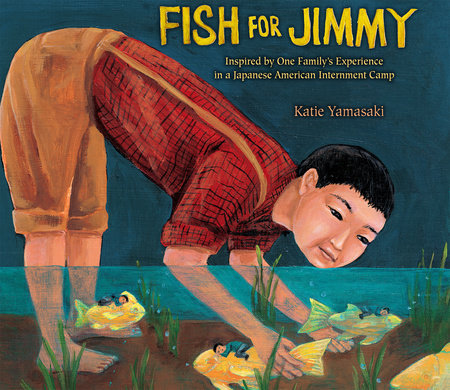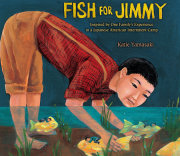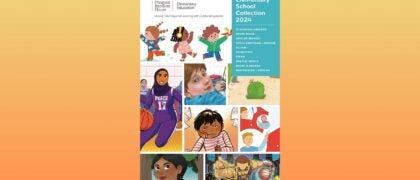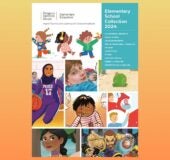Books for Native American Heritage Month
In celebration of Native American Heritage Month this November, Penguin Random House Education is highlighting books that detail the history of Native Americans, and stories that explore Native American culture and experiences. Browse our collection here: Native American Creators












